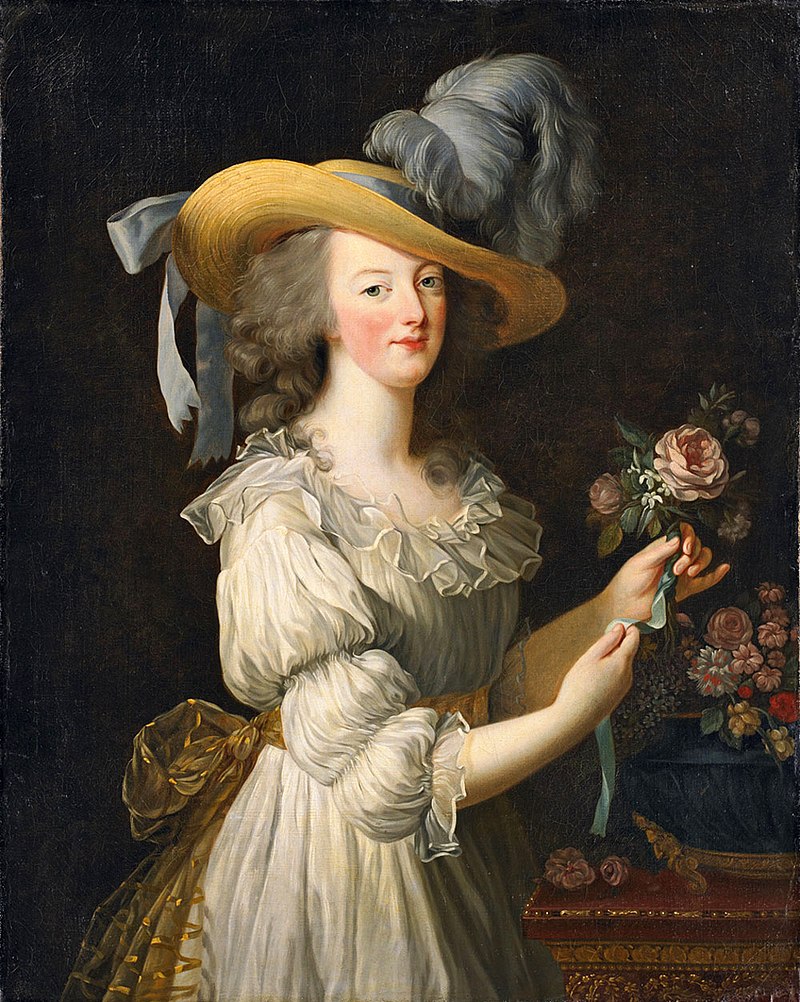ShareFiercely independent, fashionable and forward thinking, Elisabeth Vigee-Lebrun was not only a highly skilled painter in the neoclassical style, but one of Naples most stylish hostesses after she fled the French Revolution because of her loyalty to the court. “Philosophers, travelers, and local society all wanted to come to her salon. She became much a part of the intellectual society of Italy,” Caticha says.
Caticha’s May 18 lecture will be the second in the 2022 Symposium on the Arts of France presented by the Alliance Française exploring three centuries of artistic influencers in Les Influenceurs: Les Peintres Francais. The final program, presented by Gloria Groom, Chair of European Painting and Sculpture at the Art Institute of Chicago, will highlight Cezanne.
Caticha, a specialist in 18th and 19th-century sculpture and decorative arts, has published on the history of fashion from the 1700s to the present day. As an undergraduate she became interested in that era and the French Revolution, delving into the art of the period.
“Vigee-Lebrun was the woman behind the painted image of Marie Antoinette and, in many ways, was working with her to develop her image,” she says. “At that time, women’s clothes were five times more expensive than men’s. Marie Antoinette was like influencers today, people either love you or hate you. You just can’t win. Through her paintings, Vigee-Lebrun expanded fashion, illustrating the historical shift style chosen to reflect a neoclassical style.”
“She was one of the few artists who was a royalist—you think of the radical David who went to prison for fighting on the side of the Jacobins. Marie Antoinette continued to choose her as her favorite painter, very unusual for a woman at that time,” Caticha adds.
The daughter of an artist, Vigee-Lebrun went into her family trade, which was common at the time. But like all women of the period, she found it difficult to pursue her craft: “It was very hard to join the Academy—it accepted only four women at a time. The heart of 18th-century training was learning to paint nudes. Women weren’t allowed then to paint nude males. She was lucky to have a family that supported her, but she overcame many challenges and went on to be the Queen’s official painter.”
She developed a canonical neoclassical style, very formal in precision of line and composition, according to Caticha. “Fashion became a lens of her practice, her love of the ancient Greeks paralleled her fashion trends,” she says.
At the salon of 1783, Vigee-Lebrun debuted a portrait of the Queen wearing a white chemise dress with a yellow ribbon at the waist. Deemed inappropriate for someone of the queen’s rank, the portrait was quickly removed from the Salon walls. Of the many names these dresses would have in the future including shifts, the epithet chemise a la reine would forever be linked to Marie Antoinette’s fashionable cotton dresses. (Read more.)
What Child is This?
1 week ago


















No comments:
Post a Comment